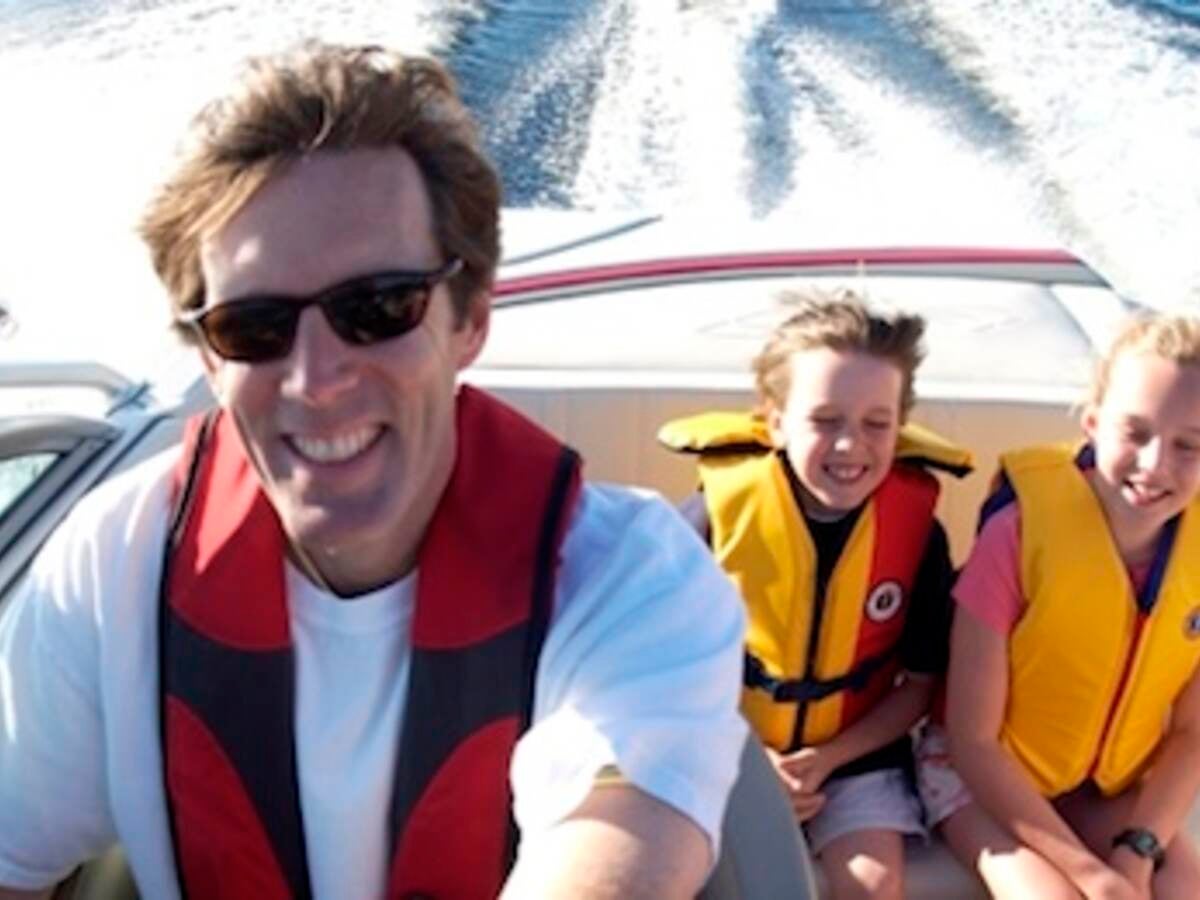June 27, 2017
The United States Coast Guard’s (USCG) annual report of Recreational Boating Statistics revealed a total of 658 deaths and 2,629 injuries as a result of recreational boating accidents in 2017. Where the cause of death was known, 76 percent of fatal accident victims drowned with 84.5 percent of the drowning victims reported as not wearing a life jacket.
Water activities--kayaking, boating, fishing, jet skiing, to name a few--are popular not only in Chicago but throughout the country, with an average of 87 million Americans annually participating in a boating activity between 2013 and spring 2017. But, as shown by USCG statistics, water enthusiasts and boaters do not always engage in safe practices such as wearing a life jacket. In this three-part series, Inside UL will discuss the obstacles to adopting safe water practices, how to choose a life jacket and the testing of these devices.
It’s in the Future
Merriam-Webster defines an accident as an unforeseen event or circumstance, lacking intent or motive; an unfortunate event resulting from carelessness or ignorance. An accident by its very nature occurs suddenly and without warning; we live with the knowledge that an accident could happen at any time but rarely do humans prepare for an actual event. It is the juxtaposition between the two that leads to our lack of preparedness--the possibility of an accident is always in the future but, because it’s not imminent, we rarely prepare for the possibility.
Not Enough Time
Setting life jackets to the side is a common practice in water activities where one does not plan to get wet. They may be stored under a boat seat or placed to the side within arm’s reach, but accidents occur quickly, often giving victims little time to react or reach for a life jacket.
The USCG estimates that life jackets could have saved the lives of over 80 percent of boating fatality victims. One cannot count on the security of their boat to protect them from the water, nor should they fall into the trap of believing they have enough time to don a life jacket. Err on the side of caution; always wear a life jacket when on or near the water.
Consumer Confusion
With numerous types of life jackets to choose from, various sizes and incomprehensible performance ratings, consumers can become confused when shopping for life jackets. A survey of several e-retail sites repeatedly shows consumer confusion around life jacket fit, type of use and weight limit. As e-commerce expands from an estimated 1.61 billion people purchasing goods online in 2017 to a projected 2 billion plus by 2019, the advent of e-shopping could make it even harder for recreational water enthusiasts, especially newcomers to water activities, to purchase the correct life jacket suited for the activity and the wearer's size.
Chris James, UL’s Principal Engineer for Flotation Devices, explains that while the devices come in various sizes such as XS, S, M, L, XL, etc., they are also marked with the rated user’s weight range and chest size range. “Since life jackets may fit a user differently than normal clothing, the user should determine the fit of a life jacket by reviewing the weight and chest size range of the device before purchasing,” says James. Sizing is not an exact science, so ideally, a person should try the device on before purchase to determine if the device will fit their specific body type or shape.
The second article in the series covers life jacket types and sets out guidelines on how to select a life jacket that matches the activity with its intended use, plus an explanation on buoyancy and lift—and what it means when purchasing a life jacket.
Remember, while recreational water activities are a fun way to spend quality time with friends and family, it is also one where hundreds of lives are lost each year in water accidents. Don’t leave your life or the lives of others to chance; commit to wearing a life jacket whenever engaged in a water or boating activity.

